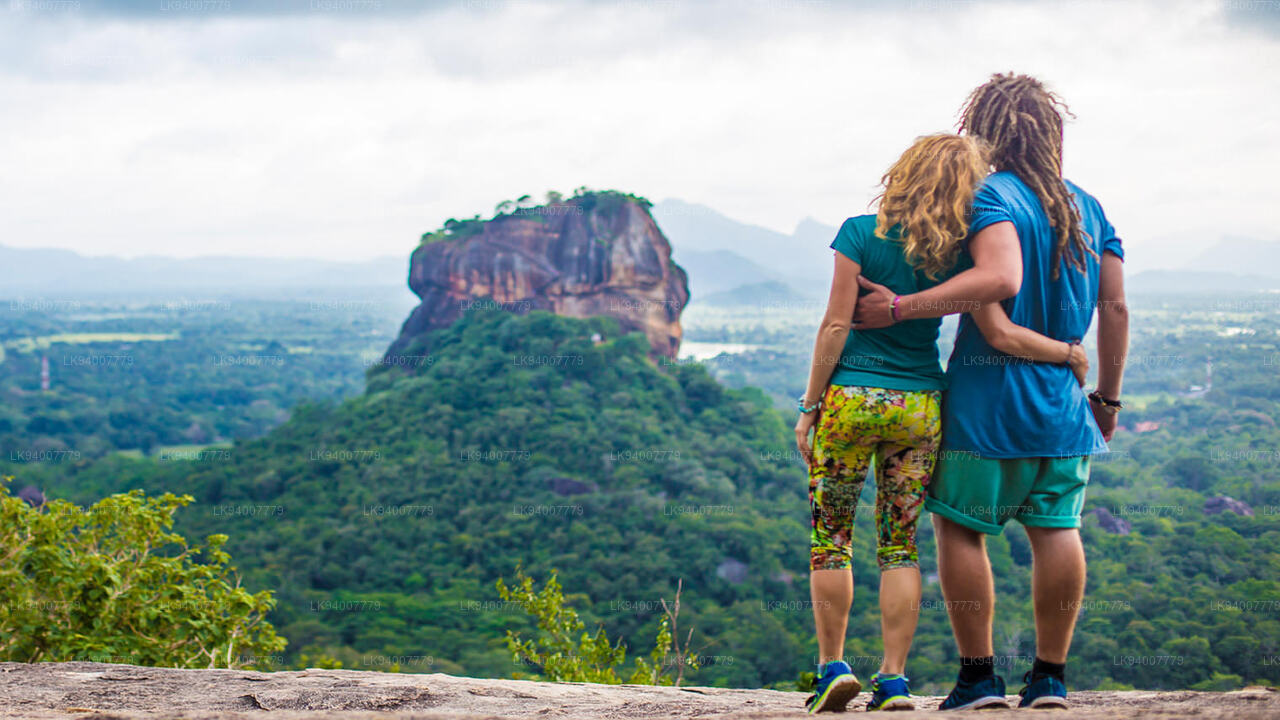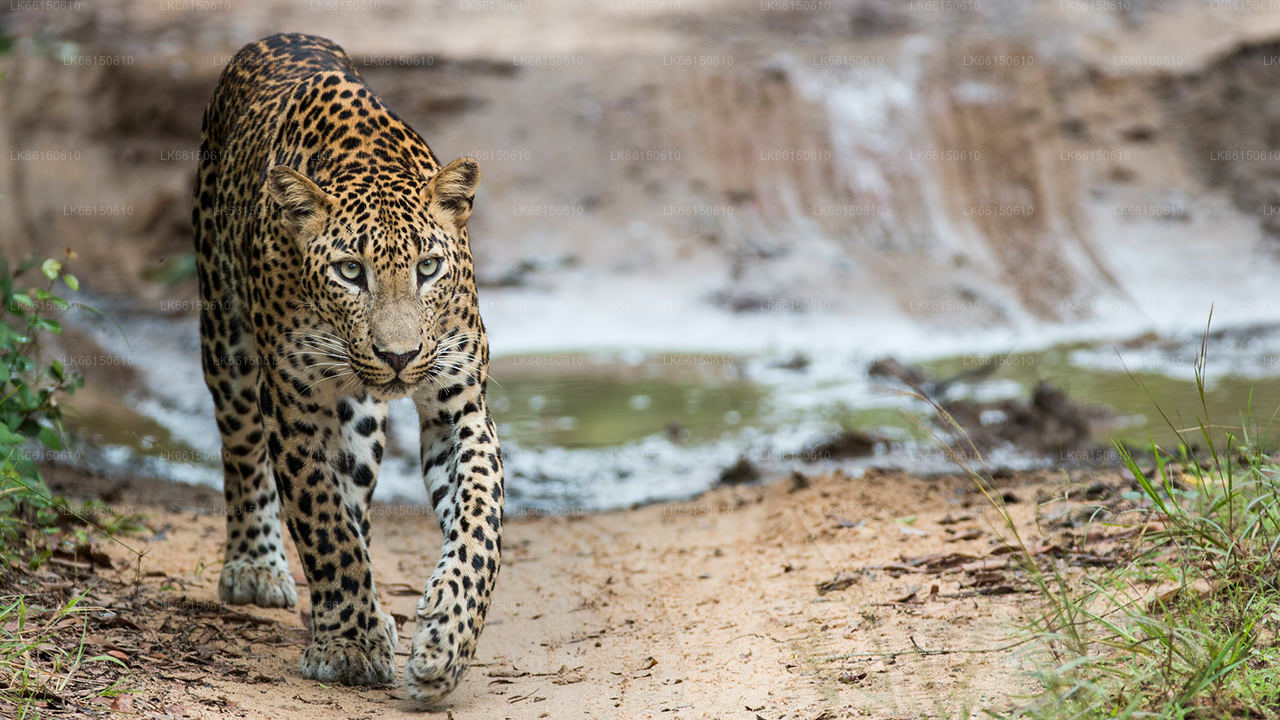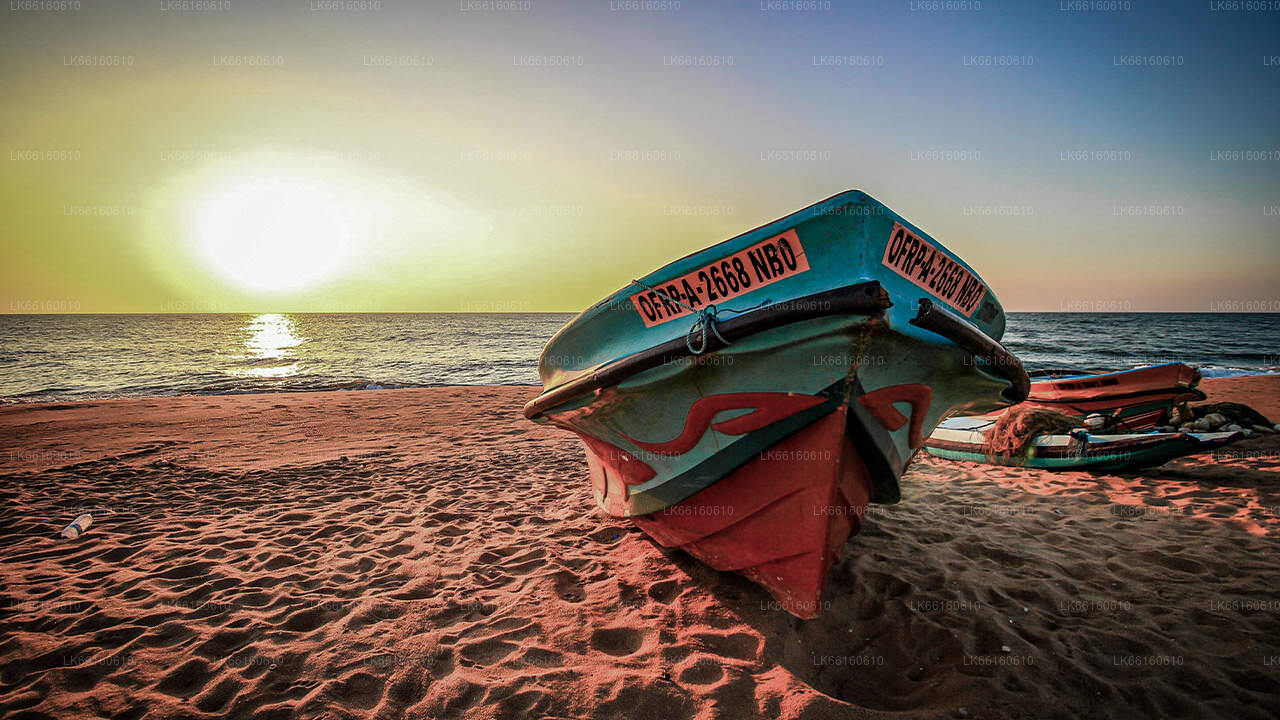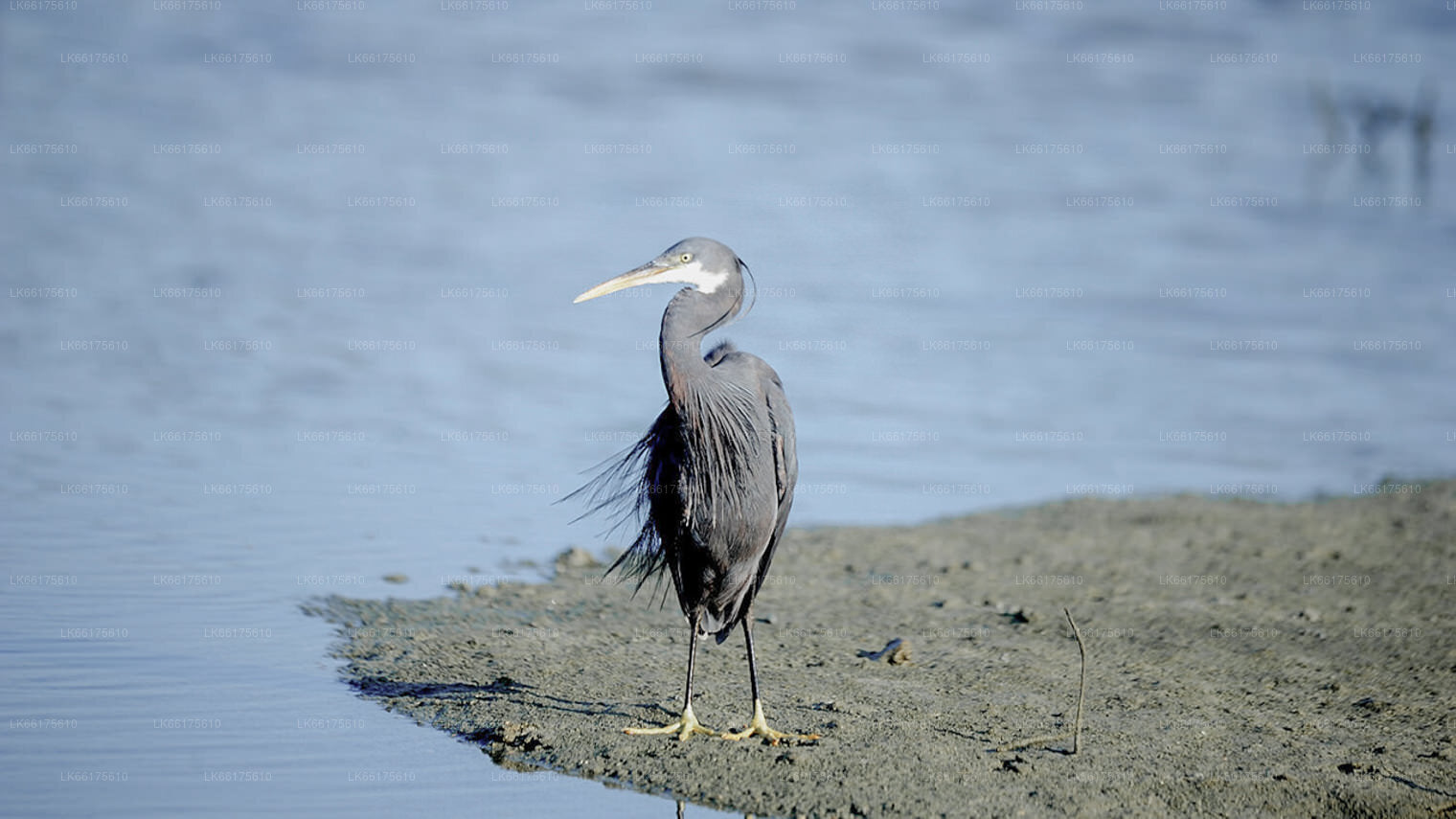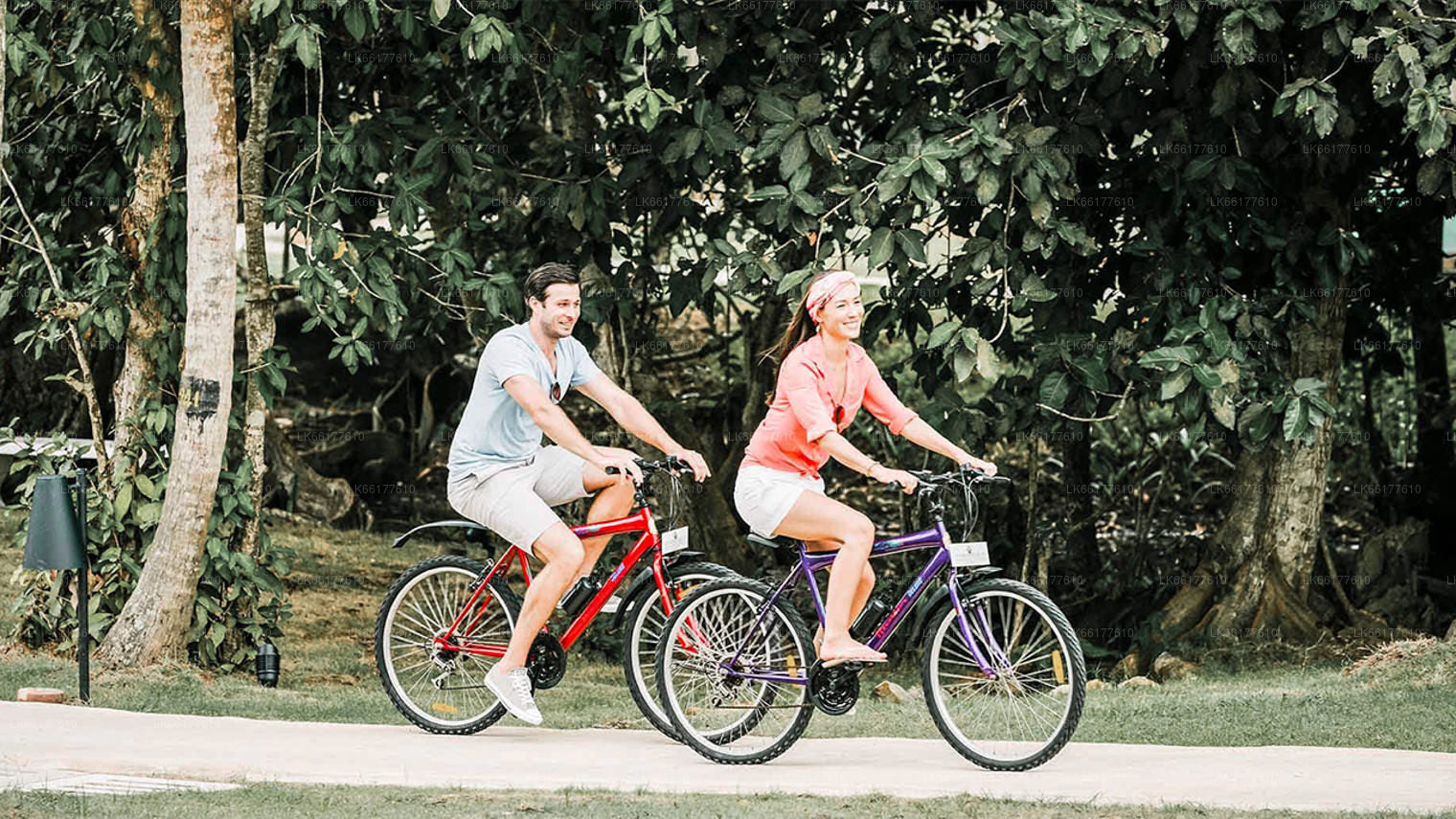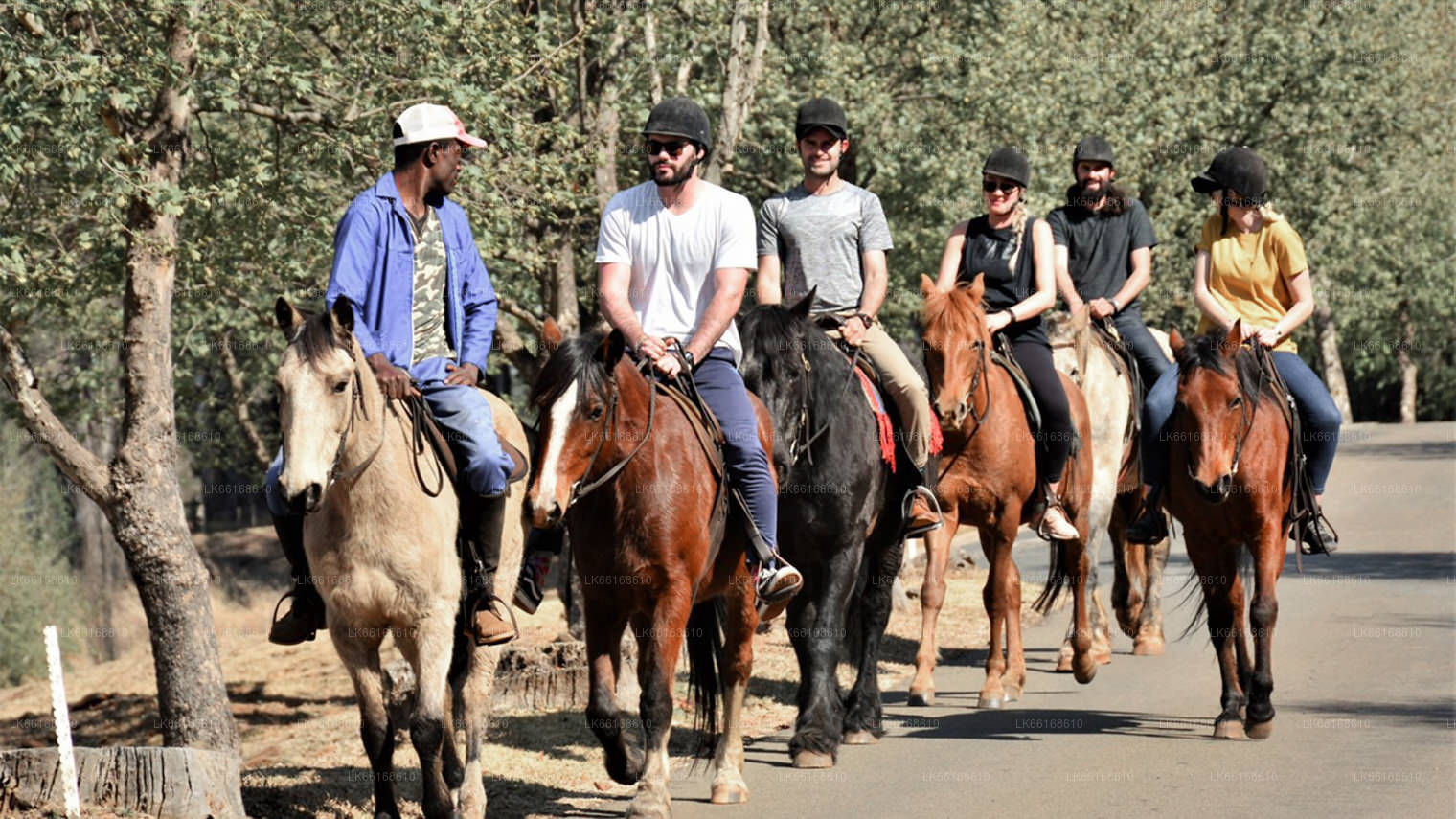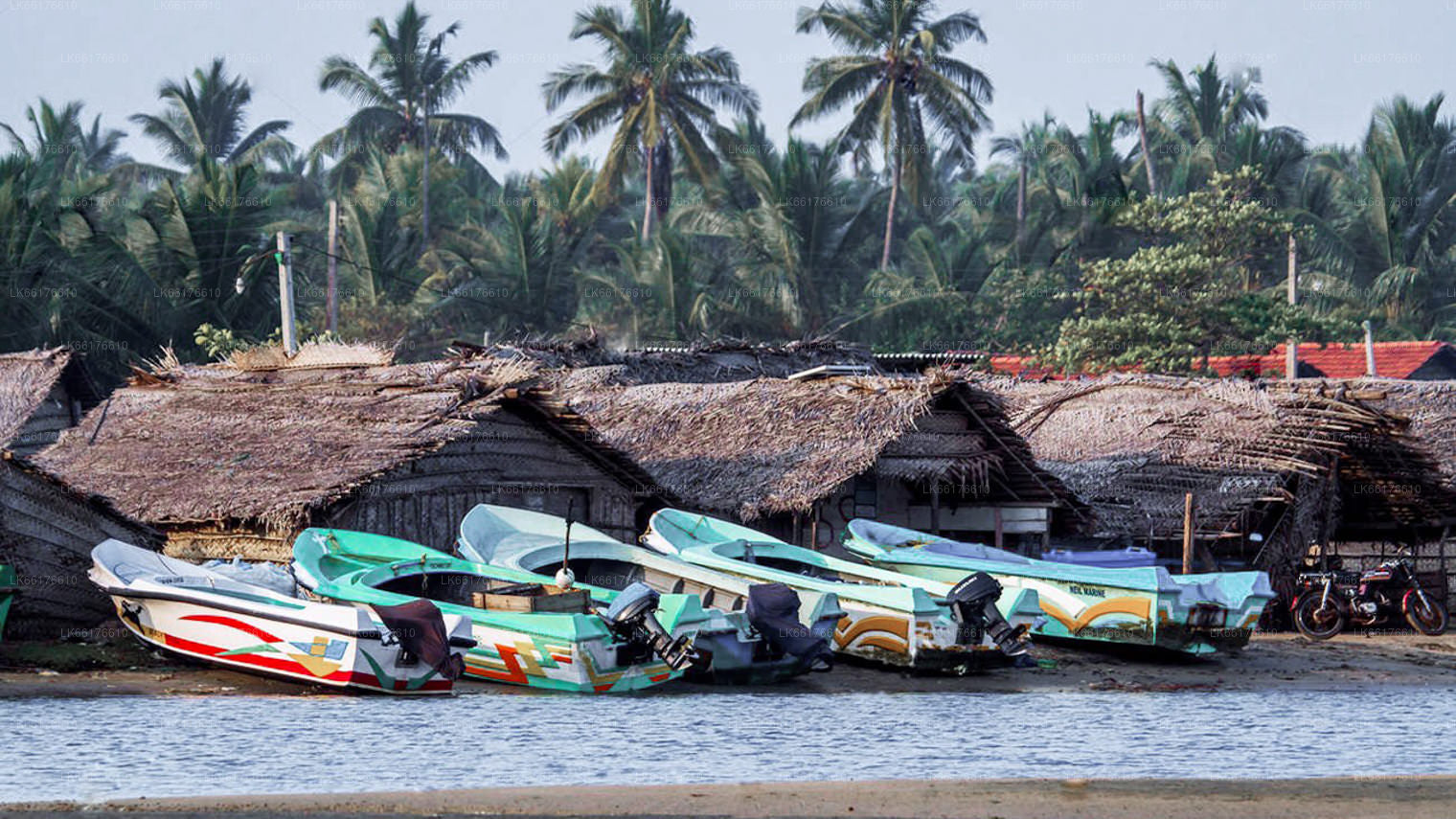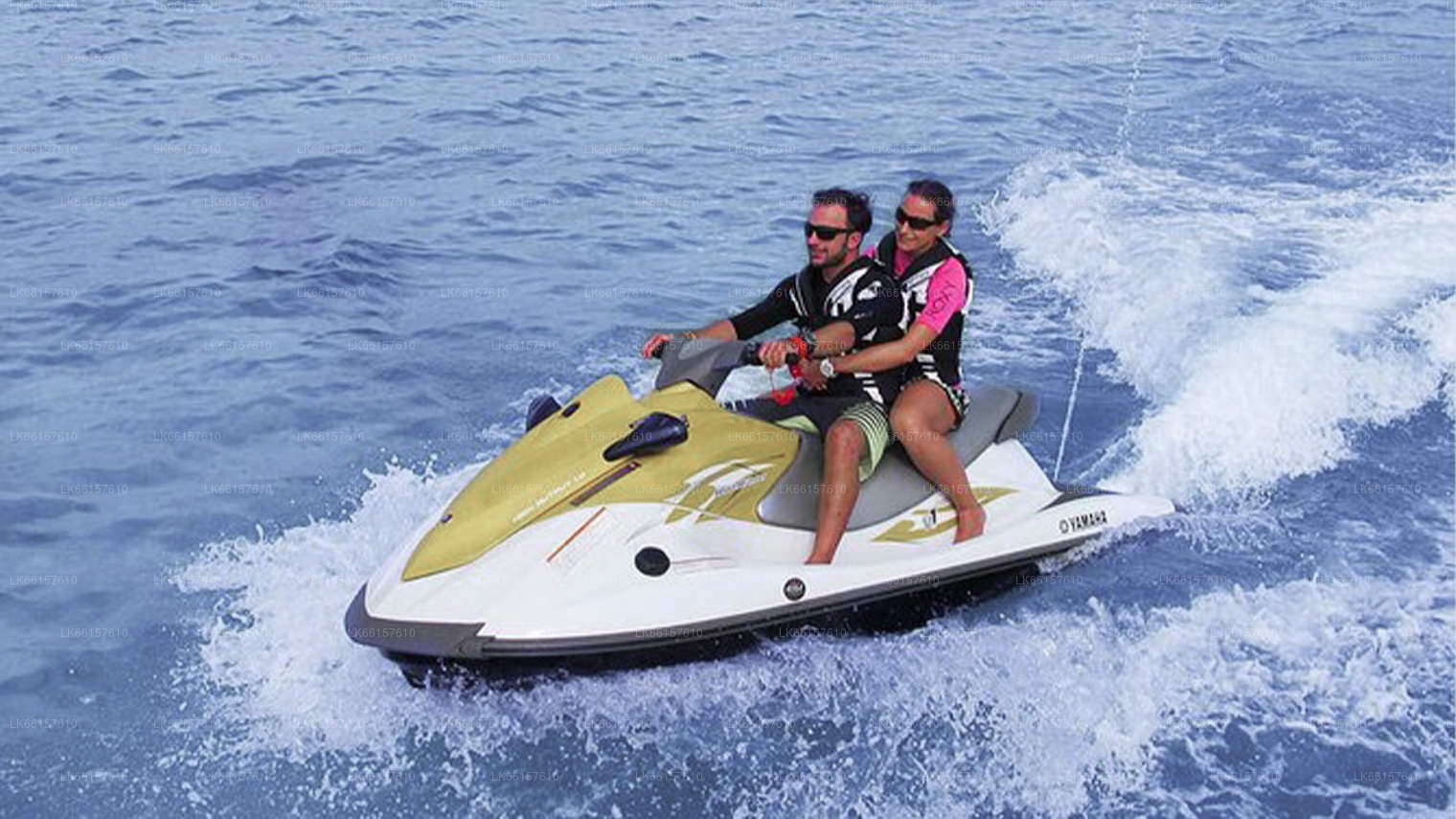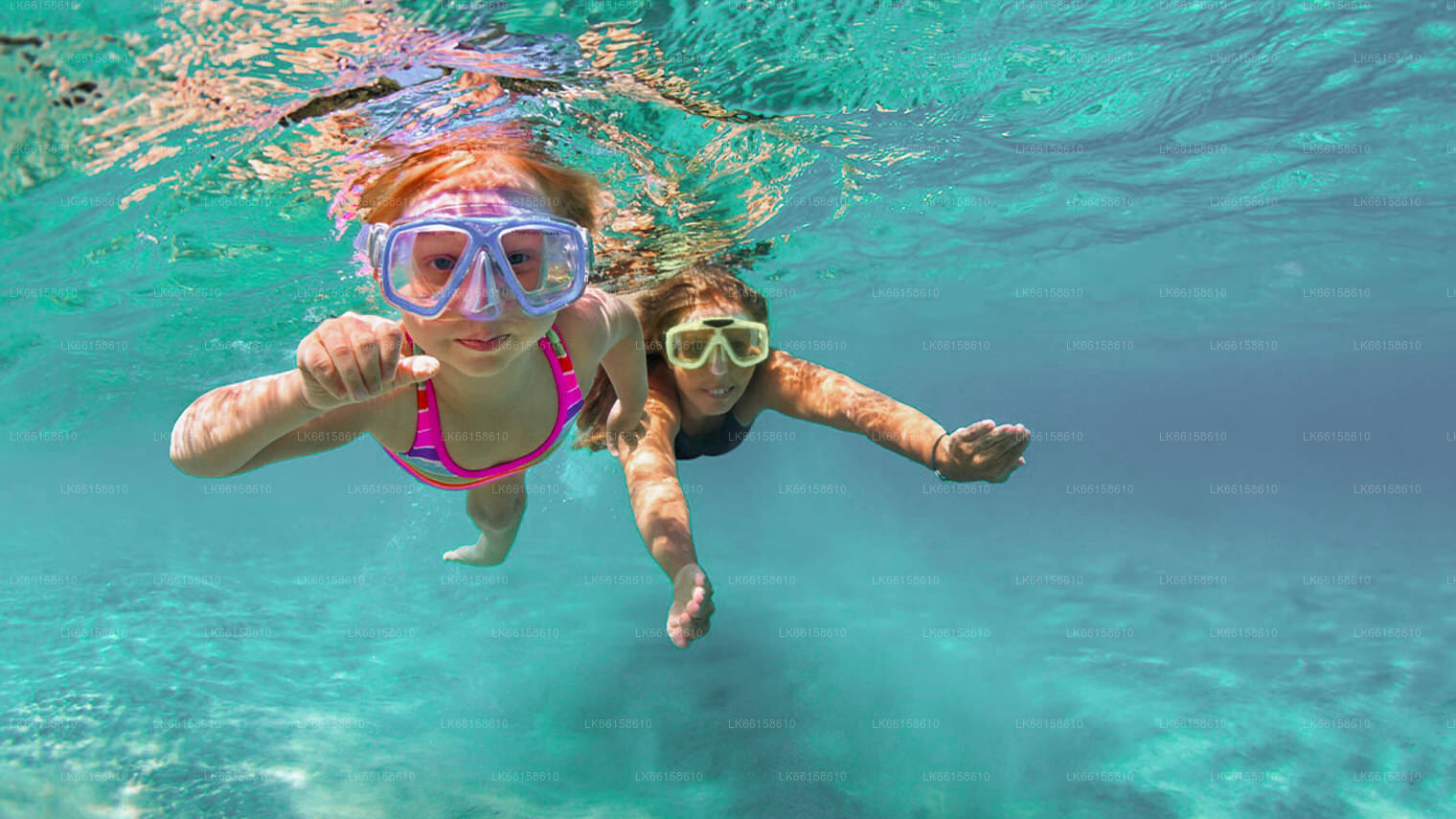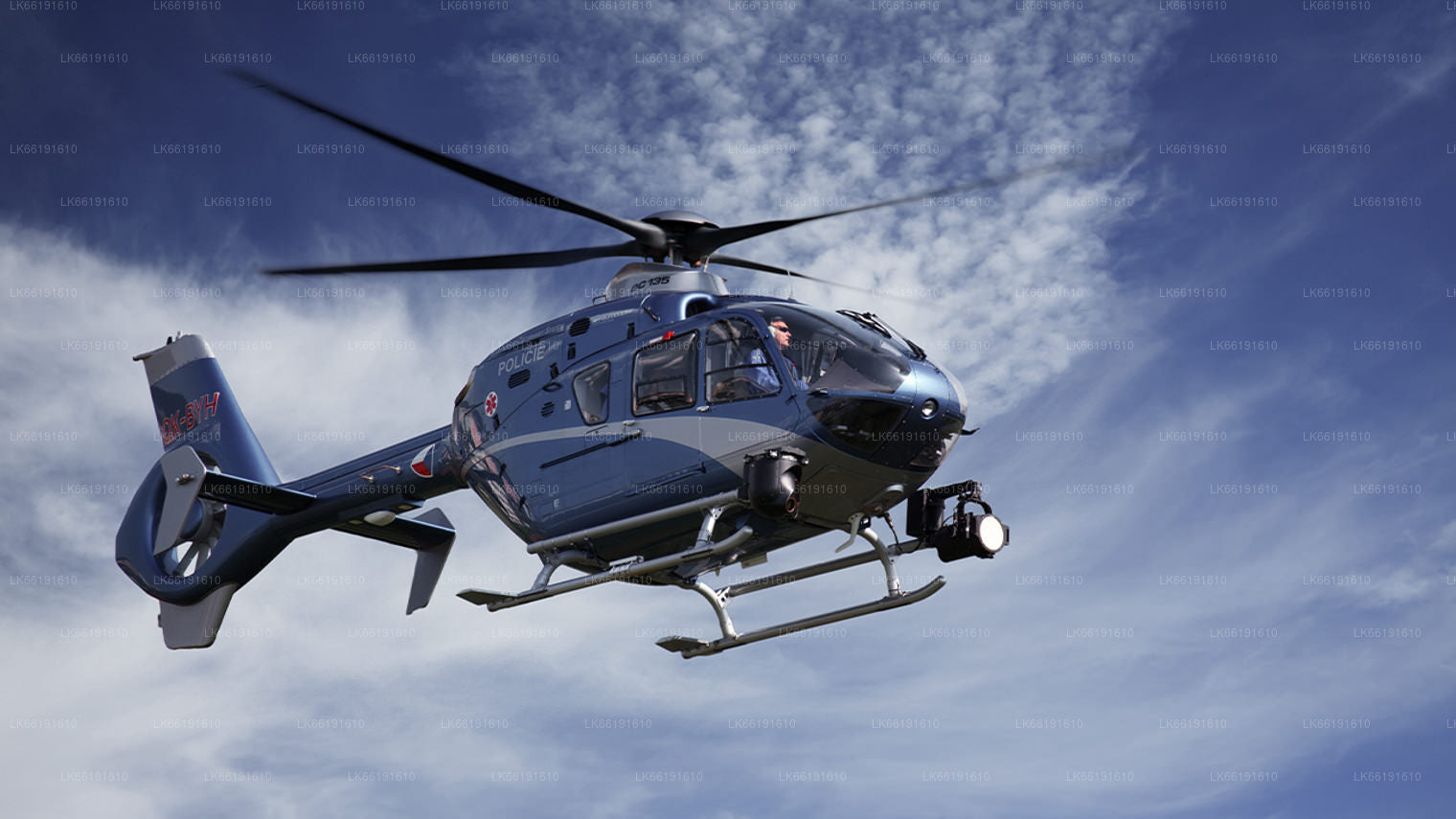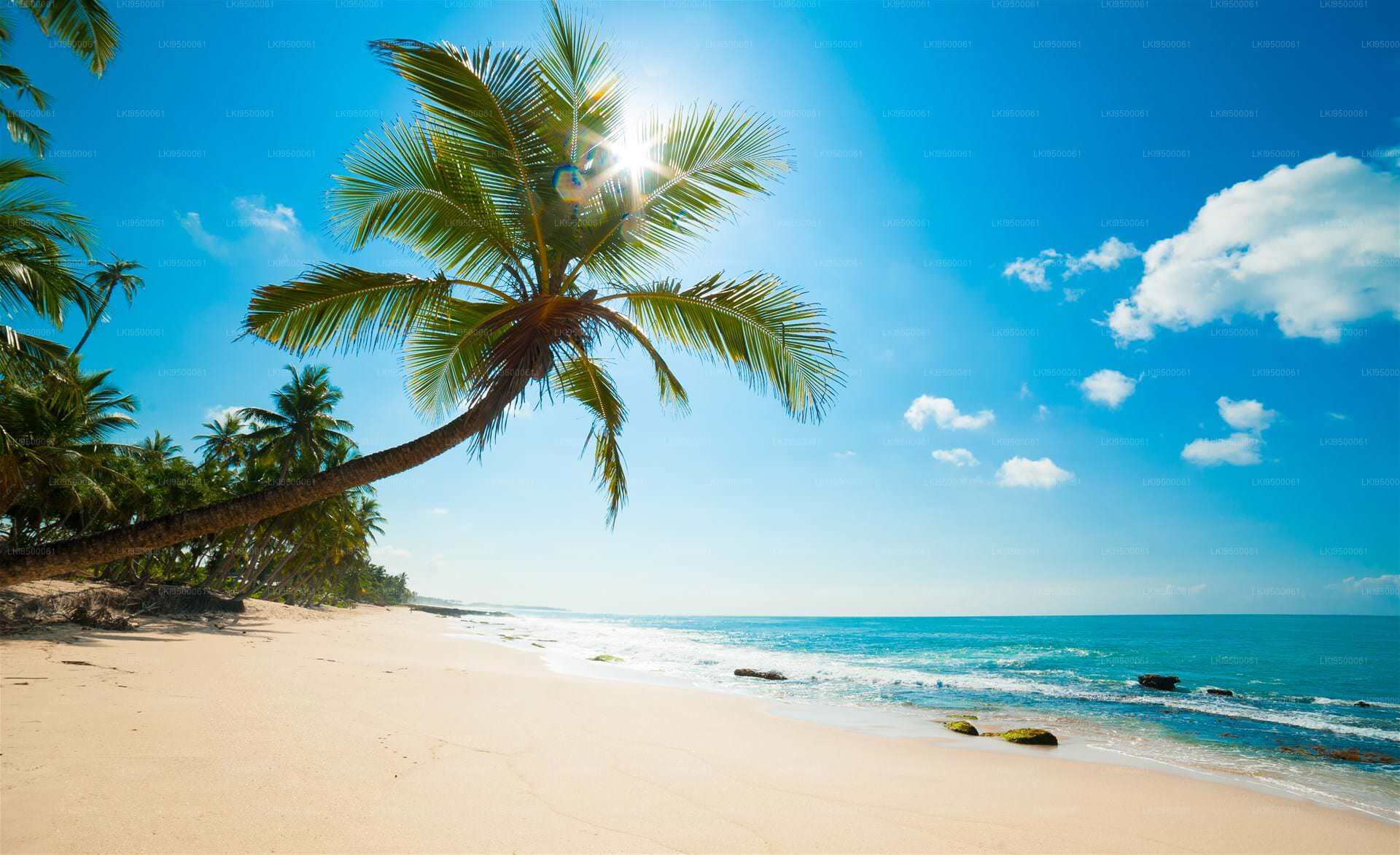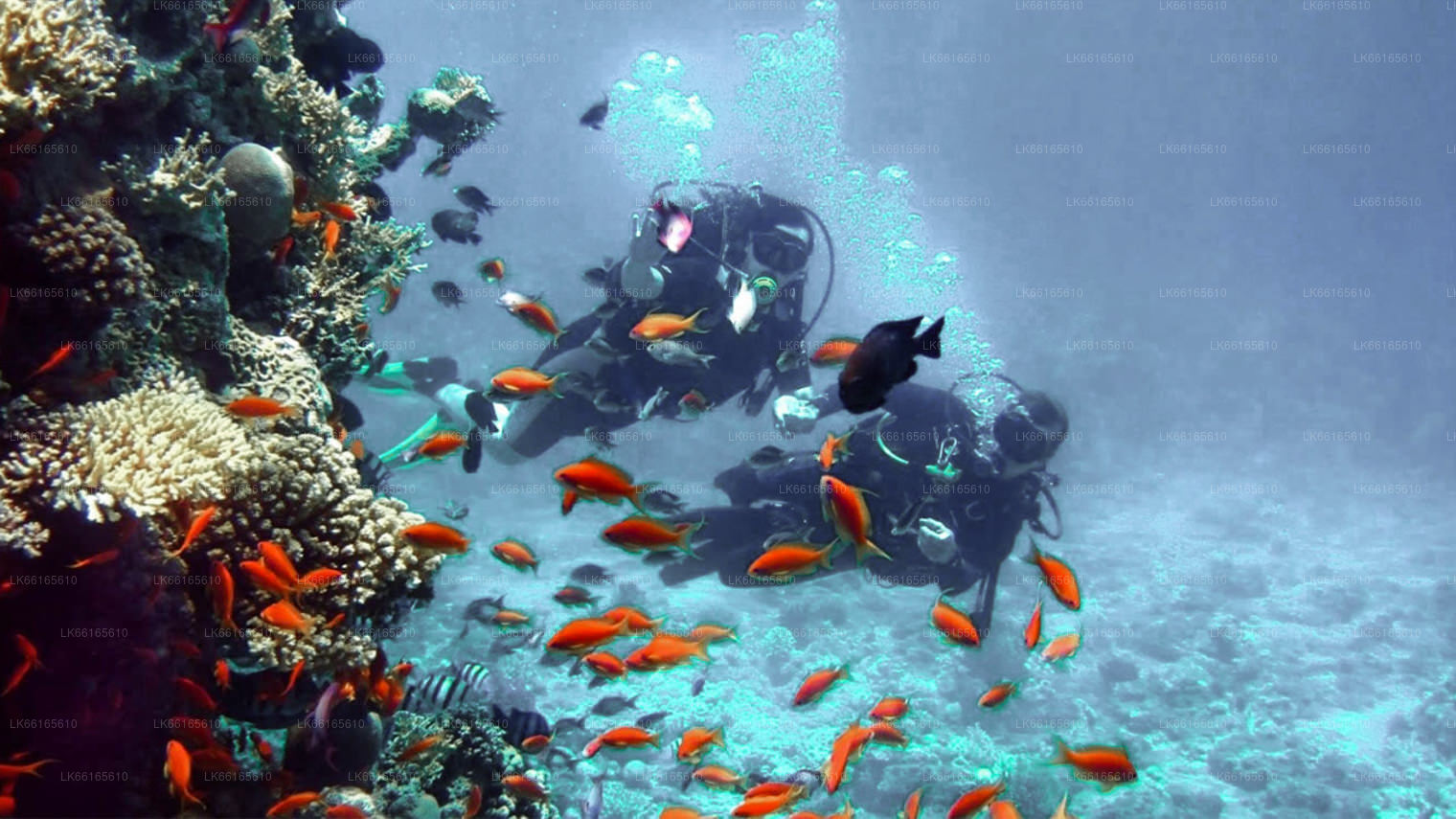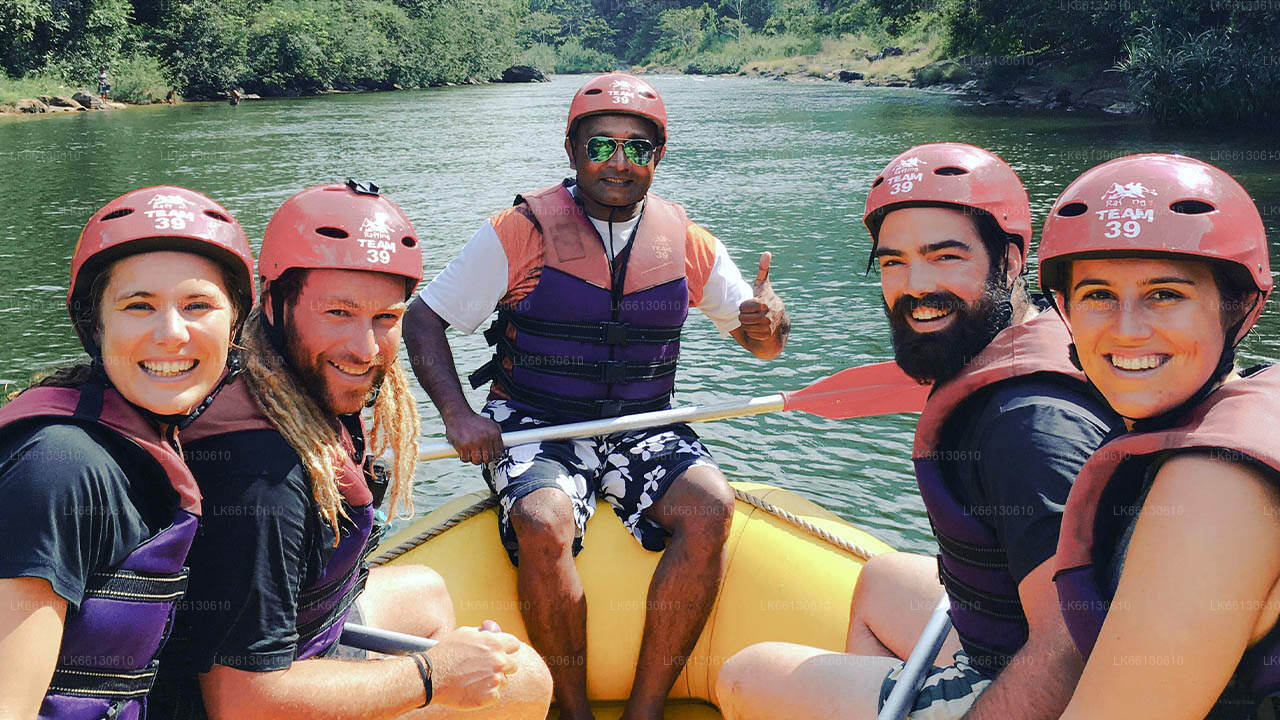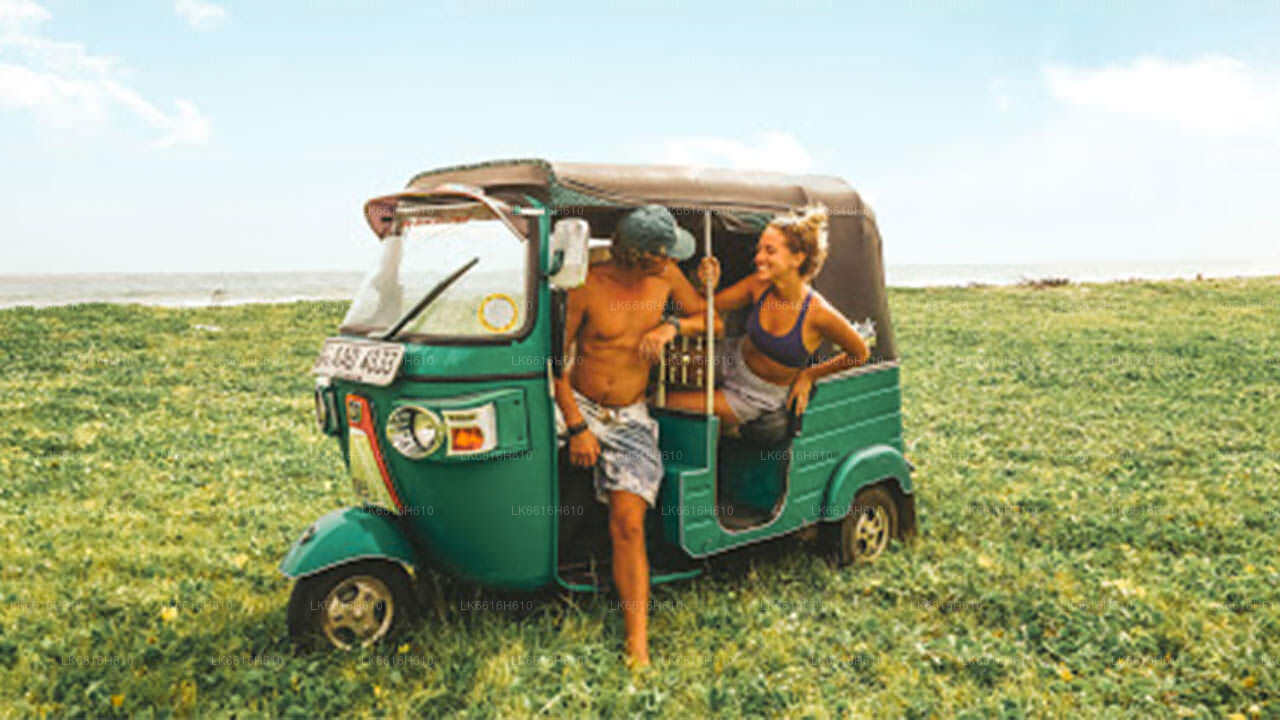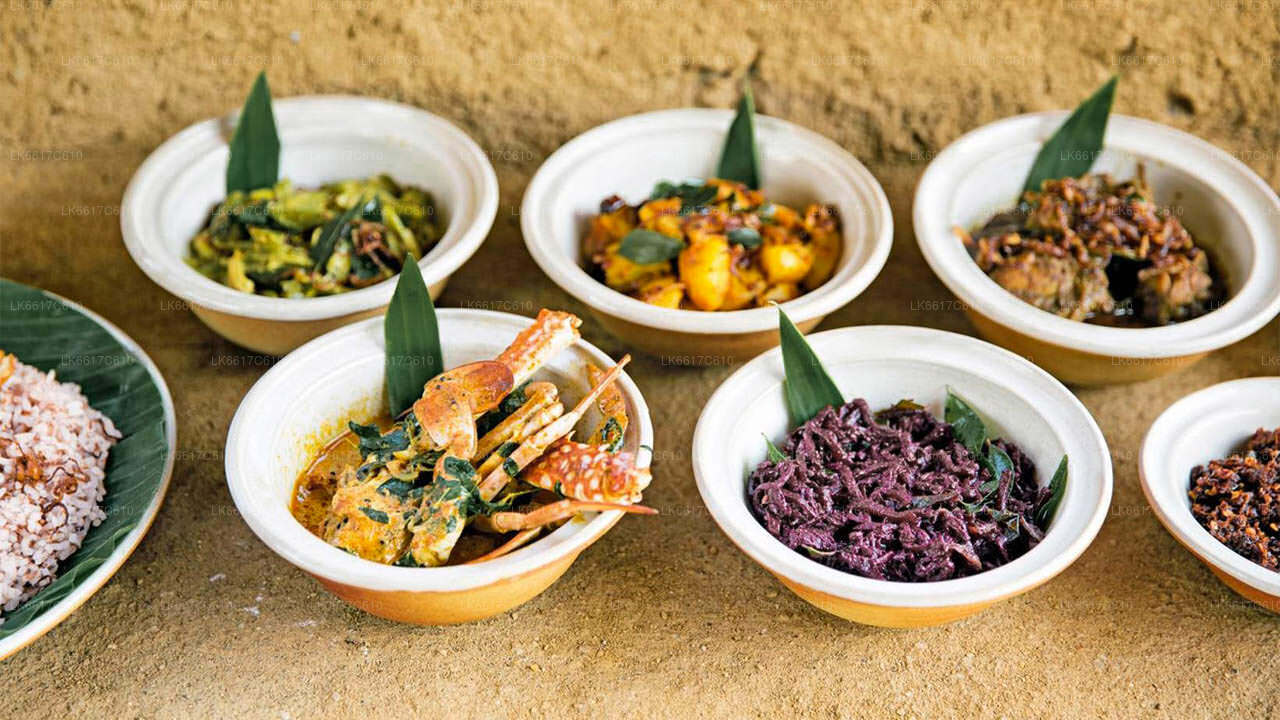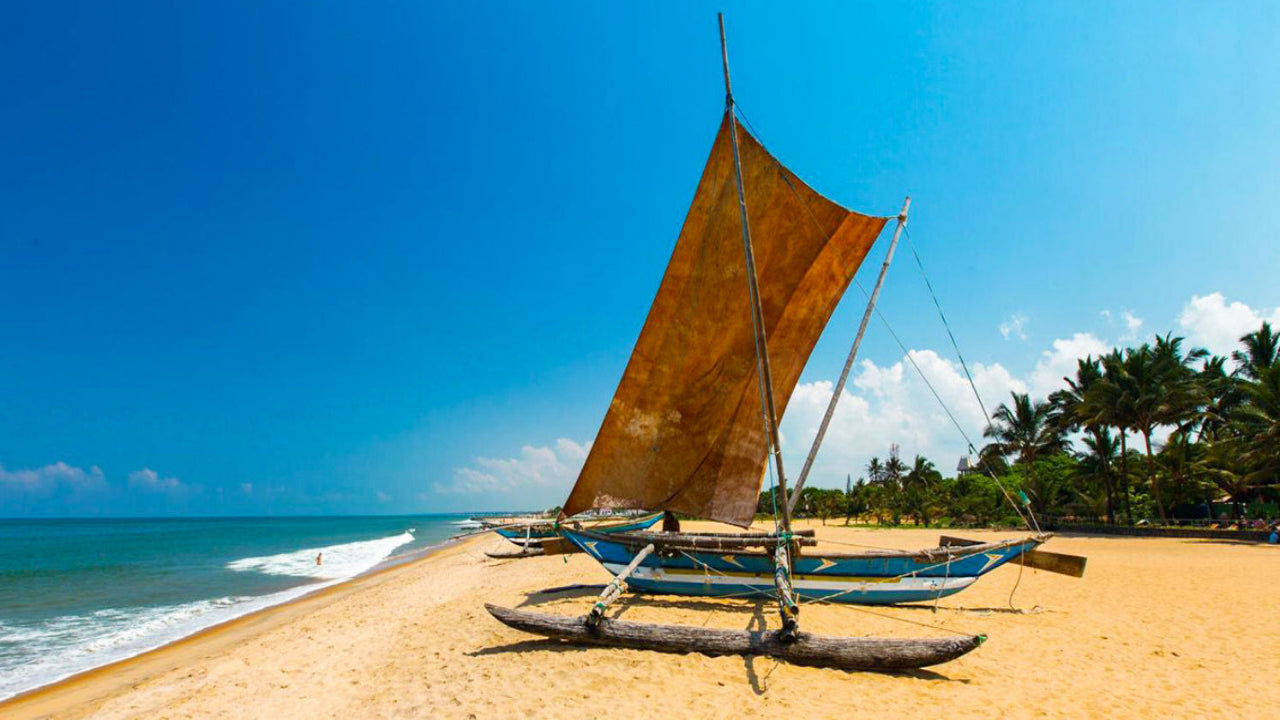
네곰보 시
스리랑카의 해안 도시 네곰보는 문화 유산과 해변의 매력이 생동감 넘치게 어우러진 곳입니다. 깨끗한 해변, 네덜란드 운하, 그리고 활기 넘치는 어시장으로 유명한 네곰보는 신나는 여행과 고요한 사원으로 여러분을 초대합니다. 네곰보를 방문할 때마다 다채로운 태피스트리의 매력을 경험해 보세요.
Muthurajawela Wetlands
Muthurajawela is the largest saline coastal peat bog in Sri Lanka. The Marsh together with the Negombo Lagoon form an integrated coastal wetland eco-system with marsh lagoon complex itself estimated to have originated around the year 5000 BC. The northern section of the marsh covering an area of 1,777ha was declared a sanctuary in July 1996 under the fauna & flora protection ordinance.
The marsh is a major local and tourist attraction, primarily used for sightseeing and boating tours, and the area also supports local agriculture and forestry. Visitors to the region are guided through the sanctuary areas by the staff of the Muthurajawela Marsh Centre to avoid serious harm to the marsh ecosystem.
Muthurajawela Wetlands in Sri Lanka: The Flora and the Fauna
Muthurajawela harbors over 194 species of Flora distributed over seven major vegetation types which includes marsh, lactic flora, shrub land, reed, swamp, grasslands, stream bank and mangrove forest. A total of 194 species of vegetation belonging to 66 families have been recorded which include one endemic species (Phoenix zelanica). Among the different types of vegetation, the shrub land consists of 115 species with the mangrove forest and stream bank consisting of just 23 species each.
Unfortunately due to the high level of human activity within the sanctuary as well as other human related environmental factors, the flora composition at Muthurajawela seems to be changing rapidly.
The vertebrate fauna includes 40 species of fish, 14 species of reptiles, 102 species of birds and 22 species of mammals. Among the total vertebrate species documented 17 are endemic while 26 are nationally endangered. Among the invertebrates documented 48 species are butterflies and 22 species are dragonflies.
Muthurajawela Wetlands in Sri Lanka: The Wildlife
The Amphibians consists of 14 species including 4 endemics, 5 nationally endangered and represents 26% of the total amphibian species on the island. The Common Toad and the Six-toed Green Frog are the most common species found here. The Reptiles consist of 31 species covering 20% of the island’s reptilian fauna. 6 endemic species are found here and 9 are nationally endangered. The Commonest species of reptiles are the Water Monitor, Common Garden Lizard and two species of Geckos. The Start Tortoise is also found here which is not regular as it is known to be a dry zone species.
Being a wetland habitat, the fish found in Muthurajawela offer an insight into the ‘health’ of the wetland. 40 species of fish have been recorded which is 45% of Sri Lanka’s native inland fish species and includes 5 endemics, 5 nationally endangered, and 4 exotic species. The Thilapia (Sarotherodon mossambicus), Pearl Spot (Etroplus surantensis) and the Dwarf Panchax (Aplocheilus parvus) are amon the very common species found at Muthurajawela. The fish species also include freshwater and marine migratory species that migrate from fresh to marine habitats for reproduction.
The Mammals of Muthurajawela consist of 22 species including one endemic representing 25% of the island’s mammal species. Among them 4 species are nationally endangered. The Murids, Rats & Mice, are the most common types and the globally threatened Grey Slender Loris is extremely rare in Muthurajawela.
Birds are the dominant group of vertebrates in Muthurajawela. It consists of 102 species including one endemic. The mixture of vegetation types and aquatic habitats in Muthurajawela has made it an ideal eco-zone for a variety of birds. In the wetland eco-system Herons, Egrets, Cormorants, Teal, Waders and Kingfishers are found here. This is also a very important breeding habitat of many aquatic birds. Some of the wetland birds include Little and Indian Cormorant, Cattle, Little, Intermediate & Large Egrets, Purple Heron, Indian Pond Heron, Little Green Heron, Black-crowned Night Heron, Black Bittern, Yellow Bittern, Chestnut Bittern, Black-headed Ibis, Asian Open-bill, Little Grebe, Lesser Whistling Teal, Pheasant-tailed Jacana, White-breasted Water hen, Purple Swamp hen, Water Cock and Common Moorhen.
Muthurajawela Wetlands in Sri Lanka: Insects and other creatures
he Butterflies recorded include 48 species and these represent 20% of the total butterfly species in Sri Lanka. None of them endemic but 6 species are nationally endangered. Among the common butterflies are the Blue Glassy Tiger, Glassy Tiger and the Tailed Jay. The Odonata (Dragonflies and Damselflies) consist of 22 species representing approximately 19% of the total Odonata species found in Sri Lanka. Among them are 2 endemics and 2 nationally endangered species.
감파하 지구
감파하는 스리랑카의 도시로, 콜롬보 북쪽 서부 주 감파하 지구의 주도입니다. 감파하 지구는 주로 켈라니 강을 사이에 두고 콜롬보와 분리되어 있습니다. 감파하 타운은 콜롬보-캔디 도로를 따라 미리스와타에서 약 4km 떨어져 있습니다. 감파하는 야칼라, 미리스와타, 웰리웨리야 우두감폴라, 자엘라 타운으로 둘러싸여 있습니다.
싱할라어로 "감파하"는 문자 그대로 다섯 마을을 의미합니다. 다섯 마을은 이할라가마, 파할라가마, 메다가마, 파티야가마, 알루스가마로 알려져 있습니다.
서부 주
서부 주는 스리랑카에서 인구 밀도가 가장 높은 주입니다. 입법 수도인 스리자야와르데나푸라와 국가의 행정 및 비즈니스 중심지인 콜롬보가 있는 곳입니다. 서부 주는 콜롬보(642km²), 감파하(1,386.6km²), 칼루타라(1,606km²)라는 세 개의 주요 지구로 나뉩니다. 스리랑카의 경제 중심지인 서부 주에는 모든 주요 국내외 기업이 자리 잡고 있으며, 유명 디자이너 브랜드와 대형 유통업체도 많습니다. 따라서 서부 주에서 쇼핑을 통해 스트레스를 풀어볼 준비를 하세요.
모든 주에서 인구가 가장 많은 서부 주에는 섬의 거의 모든 주요 교육 기관이 있습니다. 서부 주의 대학으로는 콜롬보 대학교, 스리자야와르데네푸라 대학교, 켈라니야 대학교, 스리랑카 오픈 대학교, 스리랑카 불교 및 팔리어 대학교, 존 코텔라왈라 장군 국방 대학교, 모라투와 대학교가 있습니다. 서부 주는 국립, 지방, 사립 및 국제 학교를 포함하여 전국에서 가장 많은 학교가 있습니다.

